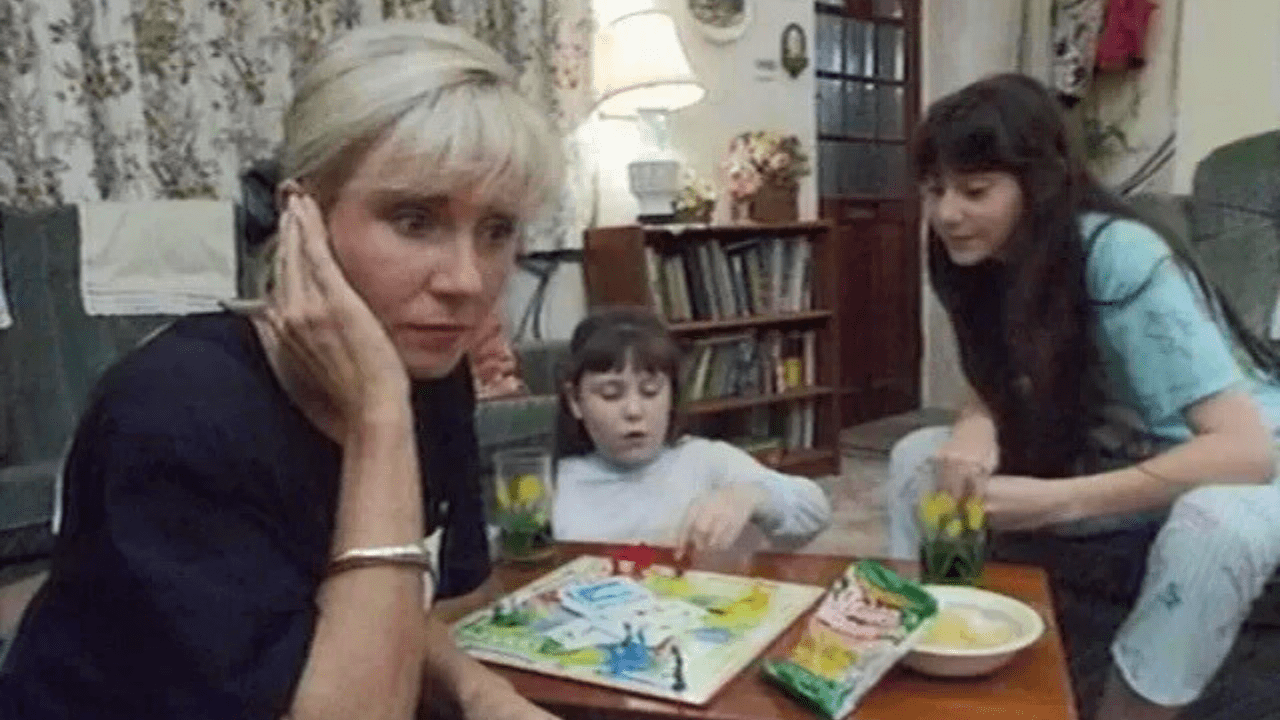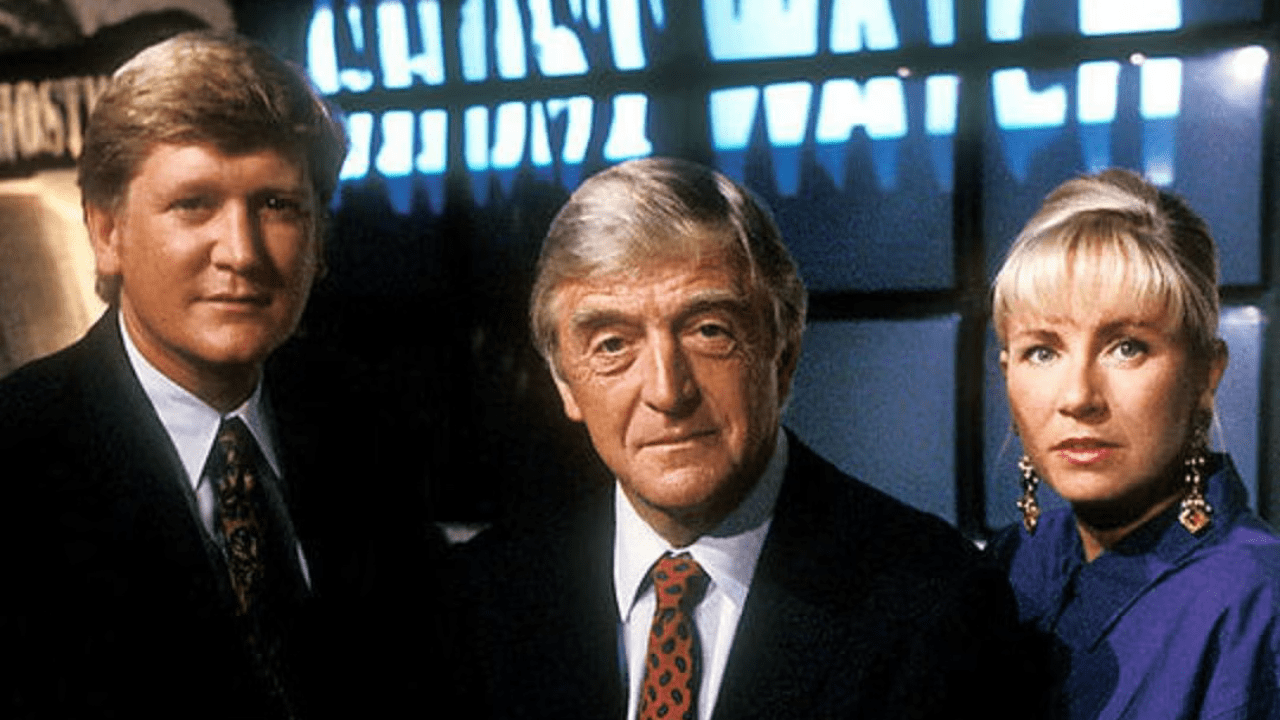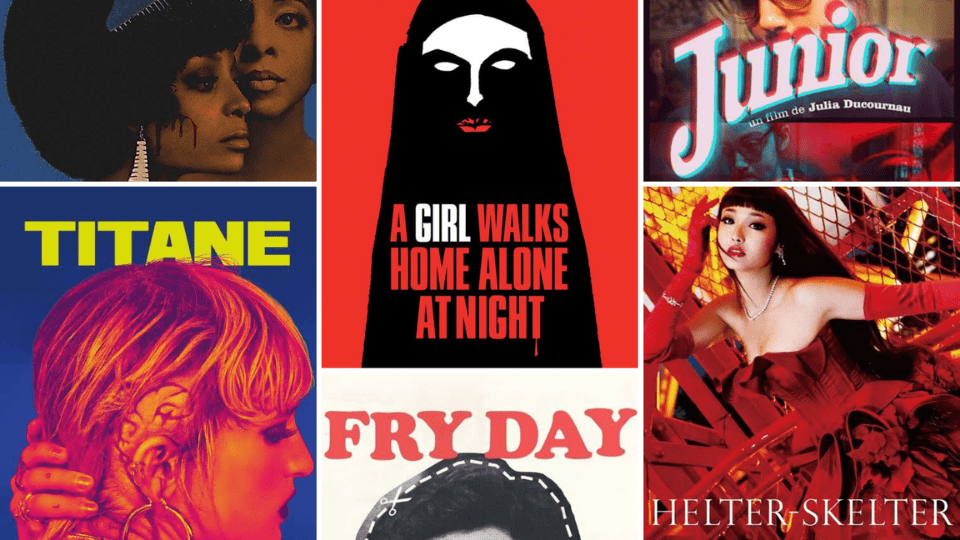On Halloween night in 1992, millions of viewers tuned in to BBC1 for what they believed was a live television event: a paranormal investigation of a haunted house in London. The programme, titled Ghostwatch, was in fact a meticulously crafted drama that became one of the most controversial broadcasts in British television history, sparking nationwide panic and a lasting legacy of fear. Its success in terrifying an entire nation came down to a perfect storm of factors that blurred the line between reality and fiction.
The Deceptive Realism
The primary reason so many viewers believed "Ghostwatch" was real was its masterful use of verisimilitude. The creators employed a series of clever techniques to convince the audience that what they were seeing was an unscripted, genuine event:
The film's cast featured well-known and beloved BBC presenters playing themselves, including Michael Parkinson, Sarah Greene, and Mike Smith. These were familiar faces associated with news, talk shows, and children's programming. Their presence gave the broadcast an immediate sense of credibility that a cast of unknown actors could never have achieved.
The programme was shot and edited to mimic a live broadcast, complete with studio segments, on-location reporters, and "live" phone calls from viewers. This format felt authentic to a television audience of the time, who were accustomed to such programming. The chaotic feel, with its awkward exchanges and technical glitches, only added to the illusion.
The fictional story of "Ghostwatch" was based on the infamous Enfield poltergeist case from the 1970s, a story many viewers would have been familiar with. This foundation in real-life paranormal lore made the events feel more plausible. Furthermore, the show used a genuine BBC call-in number, which was quickly overwhelmed by callers, inadvertently adding to the program’s perceived reality.
The Escalation of Fear
Beyond its convincing realism, "Ghostwatch" was terrifying because of how it expertly built and delivered its horror.
The scares started subtly, with fleeting glimpses of a shadowy figure in the background and unexplained noises. The presenters initially maintained a skeptical tone, which mirrored how a real investigation might unfold. This slow-burn approach gradually eroded the audience's sense of security, making the more dramatic scares later on far more impactful.
The most potent source of fear came from the program’s central premise: the idea that the poltergeist, known as "Pipes," was using the television signal as a conduit to invade the viewers' homes. The final moments of the broadcast, where the ghost takes over the studio itself, shattered the fourth wall and made the audience feel like they were no longer safe. The horror was no longer confined to a screen; it was being beamed directly into their living rooms.
The film’s villain, "Pipes," was revealed to be a disturbing amalgamation of negative spiritual energies tied to a local history of violence and abuse, including that of a child molester. This dark, psychological backstory added a layer of profound discomfort, making the supernatural threat feel not just scary, but deeply sinister.
The public reaction was intense, with thousands of complaints and reports of psychological distress. The film’s legacy serves as a testament to its power and innovation. It pioneered the "found footage" genre, inspired later films like The Blair Witch Project, and remains a chilling example of how television, when used effectively, can create a powerful and lasting sense of fear.


